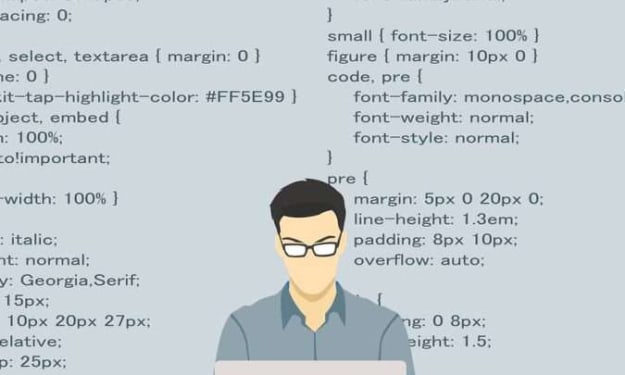The Evolution of Translation Services: From Manual to AI-Powered Solutions
Evolution of Translation Services

In a rapidly globalizing world, the ability to communicate across languages is crucial for businesses, individuals, and even nations. Translation services have played a pivotal role in breaking down language barriers, enabling seamless interaction and fostering collaboration on a global scale. The journey of translation services from manual to AI-powered solutions is a captivating tale of innovation, challenges, and remarkable advancements that have reshaped the way we bridge linguistic gaps.
I. The Era of Manual Translation
Not too long ago, translation was predominantly a labor-intensive and time-consuming process carried out by human translators. Skilled linguists meticulously translated texts, documents, and conversations, relying on their expertise to capture not only the words but also the cultural nuances and contextual meanings hidden within the language. This era saw the establishment of language schools and translation agencies, forming the foundation for cross-cultural communication.
A. Expertise and Limitations
Manual translators were able to provide a deep understanding of the source material, ensuring accurate and culturally relevant translations. However, their capacity was constrained by factors such as language proficiency, subject matter expertise, and the sheer volume of content that required translation.
B. Time-Intensive Processes
Manual translation often led to delays, especially for extensive projects. The need to manually decipher each word, phrase, and idiom posed a significant obstacle to timely communication and collaboration.
II. The Emergence of Machine Translation
The advent of technology ushered in a new era in translation services with the introduction of Machine Translation (MT). Initially, rule-based systems attempted to decode languages by following predefined linguistic rules. While they showed promise, the results were often stilted and lacked the nuances that human translators could effortlessly capture.
A. Rule-Based Systems
Early MT systems worked on a rule-based approach, wherein linguists programmed algorithms with grammatical rules and vocabulary databases. These systems struggled with complex sentences, idiomatic expressions, and context.
B. Statistical Machine Translation (SMT)
With the proliferation of digital content, researchers turned to statistical methods. SMT algorithms, trained on massive bilingual corpora, improved translation quality by considering the likelihood of certain phrases appearing together in both languages. While an improvement, SMT still faced challenges with context and idiomatic phrases.
III. The AI Revolution in Translation
The breakthrough that revolutionized translation services was the integration of Artificial Intelligence (AI), particularly Neural Machine Translation (NMT). NMT leverages deep learning algorithms and neural networks to understand and translate languages in a more human-like manner, capturing nuances and context.
A. Neural Machine Translation (NMT)
NMT models, such as recurrent neural networks (RNNs) and transformer models, have significantly enhanced translation quality. They process entire sentences rather than word-by-word, capturing context and generating translations that are remarkably closer to human fluency.
B. Advantages and Challenges
AI-powered translation brings speed, scalability, and consistency to the table. However, it also poses challenges related to preserving the artistic and cultural aspects of language, maintaining confidentiality, and the risk of biases present in training data.
IV. The Hybrid Approach: Human-AI Collaboration
As AI-powered solutions continue to improve, the translation landscape is witnessing the rise of a hybrid approach. This approach combines the strengths of AI and human translators, offering the best of both worlds.
A. Post-Editing and Quality Assurance
AI-generated translations can be refined and perfected by human translators through a process known as post-editing. This ensures accuracy, cultural sensitivity, and adherence to specialized terminology.
B. Specialized Domains
Certain domains, like legal, medical, and creative content, demand human expertise for precision. AI can assist by providing suggestions, terminology databases, and contextual references.
Conclusion
The evolution of translation services from manual to AI-powered solutions is a story of remarkable progress. What started as laborious manual translation has transformed into a dynamic landscape where AI algorithms decode languages, preserving context and cultural nuances. While AI offers speed and scalability, human translators remain indispensable for their expertise in capturing the subtle nuances that define effective communication. The hybrid approach, combining AI's efficiency with human intuition, holds the promise of a future where language barriers are mere remnants of the past, paving the way for deeper global collaboration and understanding.





Comments
There are no comments for this story
Be the first to respond and start the conversation.